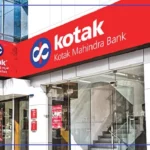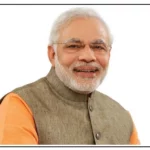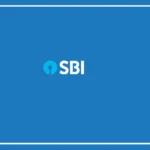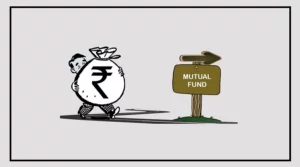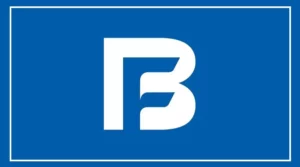The Insurance Regulatory and Development Authority of India (IRDAI) has introduced draft regulations for Bima Sugam, envisioning it as an electronic insurance marketplace.
This digital platform aims to serve insurance companies, policyholders, and intermediaries alike, facilitating the purchase of life, health, and general insurance policies seamlessly.
Comprehensive Services:
Bima Sugam is not just about purchasing policies; it offers a plethora of services including policy servicing, claim settlement, and grievance redressal, all within a user-friendly digital interface.
Importantly, customers can access these services without incurring any fees.
Not-for-Profit Initiative:
Under the draft regulations, Bima Sugam will be established as a not-for-profit company under the Companies Act, 2013.
With contributions from life, general, and health insurance companies, it aims to foster collaboration without allowing any single entity to hold a controlling stake.
Risk Management and Regulatory Oversight:
A dedicated risk management committee will oversee the operations of Bima Sugam, ensuring compliance and mitigating potential risks.
IRDAI will play a pivotal role in the governance structure, nominating two members to the company’s board and overseeing the appointment of its chairperson and CEO.
Empowering Policyholders:
With nearly two years in the making, Bima Sugam is poised to revolutionize the insurance landscape, safeguarding the interests of policyholders and extending insurance coverage to a larger segment of the population.
IRDAI Chairman, Debashish Panda, likened Bima Sugam to the UPI of the insurance industry, underscoring its potential to achieve the ambitious goal of universal insurance coverage by 2047.
Addressing Concerns, Expanding Opportunities:
In response to concerns from distributors about potential disruptions, Chairman Debashish Panda emphasized that Bima Sugam would not only preserve job opportunities but also enhance them by creating a more efficient distribution model, ensuring a win-win scenario for all stakeholders.




